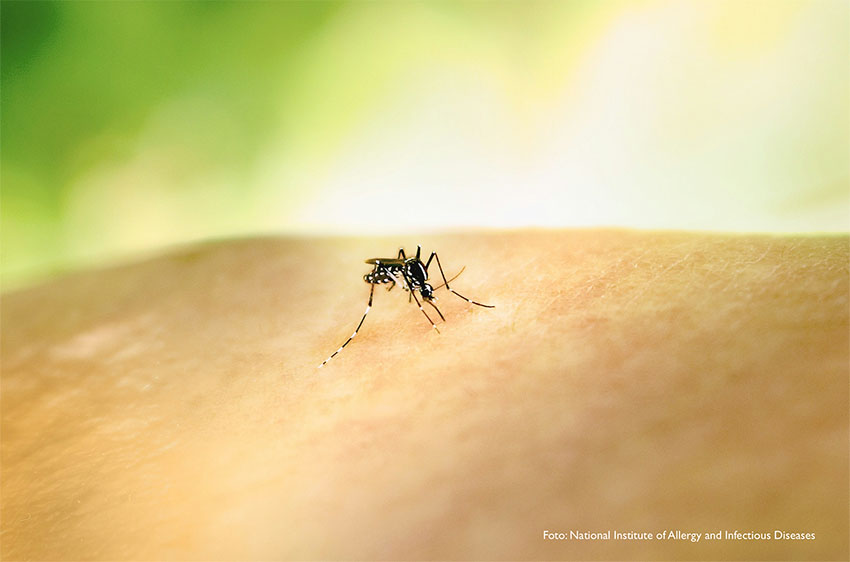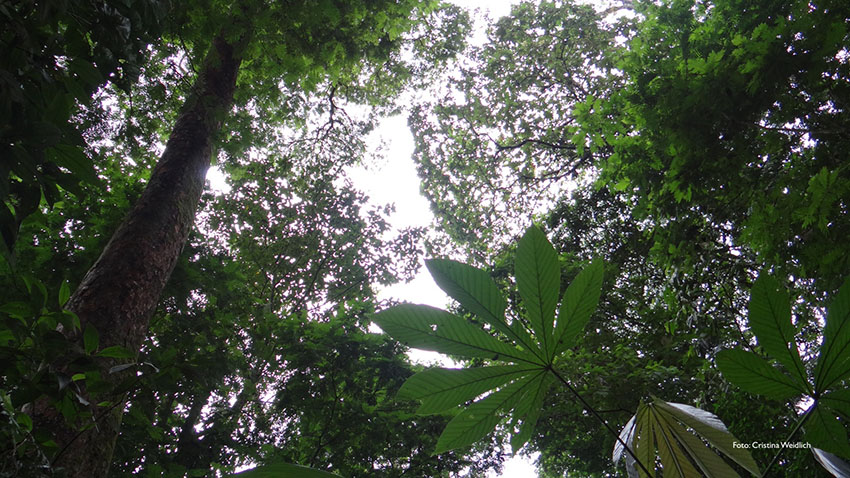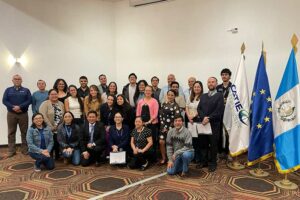Costa Rican Forests Could Reduce Hospital Admissions Due to Dengue

- A researcher from the UEAAS/EfD at CATIE participated as a co-author in an article published in the journal Environmental and Resource Economics.
"We found that increasing the percentage of forest cover could significantly decrease both the number of people admitted to hospitals due to dengue and the probability of an outbreak occurring in Costa Rica," highlighted Eduardo Pacay, researcher at the Unit of Environmental Economics and Sustainable Agribusiness (UEAAS/EfD), of the Tropical Agricultural Research and Higher Education Center (CATIE).
This was one of the main results of the research titled “Forest Cover and Dengue in Costa Rica: Panel Data Analysis of the Effects of Forest Cover Change on Hospital Admission and Outbreaks”, written by Matías Piaggio, main author and representative of the International Union for Conservation of Nature (IUCN); Marisol Guzmán and Juan Robalino, both from the University of Costa Rica (UCR); Eduardo Pacay, from the UEAAS/EfD at CATIE; and Taylor Ricketts, from the University of Vermont. It was published in March of this year in the journal Environmental and Resources Economics. Environmental and Resources Economics.
Study Results
In addition to highlighting how the increase in forest cover can reduce hospital admissions due to dengue, the group of researchers determined that if forest cover in the country had increased by three percentage points over 10 years (0.29% per year), it could have prevented 29 hospital admissions due to dengue per year.
"The data above represent an average savings of between $7,230 and $82,207 per year, depending on the severity of the impact on people with dengue," Pacay said.
He added, "the study demonstrates that forest conservation can serve as an investment in public health, improving social well-being by mitigating diseases and reducing medical care expenses associated with dengue."
Positive Impact of Forests
According to Eduardo Pacay, forests, in addition to generating well-known benefits such as carbon sequestration and storage, water supply, provision of raw materials, mitigation of the effects of extreme climate events, among others, also provide benefits to human health that are little known and quantified.
That's why these benefits have been recognized by entities such as the Food and Agriculture Organization of the United Nations (FAO), which, in the framework of last year's International Day of Forests, had the theme "Forests and Health," highlighting the role forests play in people's health.
In the case of Costa Rica, the country had the highest average incidence of dengue in Central America between 2005 and 2014 (i.e., 490.8 cases per 100,000 people) and has experienced several recent outbreaks, as shared in the article.
Specifically, in this year 2024, through mass media, the Ministry of Health reported that in January a total of 3,381 cases were recorded, being the highest number of cases in the last 10 years.
About the Research
This is the first study that estimates the effect of forest cover change on dengue virus infections. In turn, it contributes to the existing scientific evidence on the ecosystem services provided by forests to society, in this case, to human health.
This is particularly relevant in a post-pandemic context such as the current one, as well as when making decisions that lead to the formulation of policies related to nature conservation and public health.
The research can be found at the following link, not currently freely accessible: https://doi.org/10.1007/s10640-024-00853-2.

More information:
Eduardo Pacay
Researcher
Environmental Economics and Sustainable Agribusiness Unit (UEAAS/EfD)
CATIE
epacay@catie.ac.cr
Written by:
Marianela Argüello L.
Communication and Knowledge Management Officer
Environmental Economics and Sustainable Agribusiness Unit (UEAAS/EfD)
CATIE
marguello@catie.ac.cr



